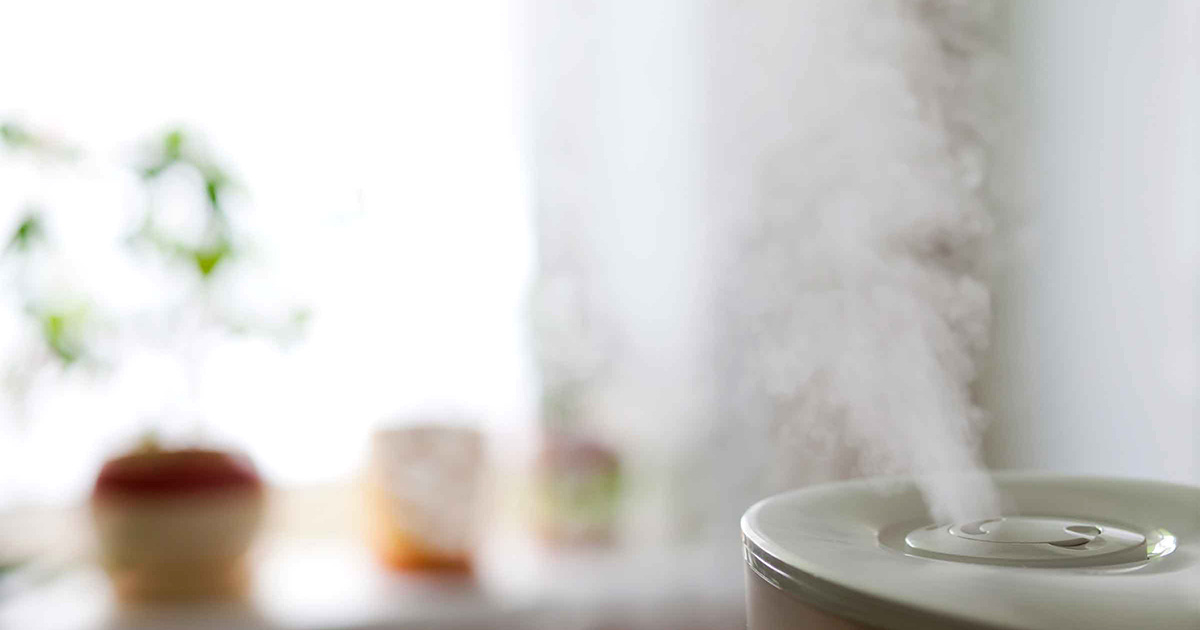
Breathe Safer Indoor Air With EWG’s New ‘Healthy Living Home Guide’

iStock
Americans spend as much as 90 percent of their time indoors. That’s why it’s more important than ever to think about indoor air quality and health.
Monday the Environmental Working Group (EWG) released a user-friendly online guide to creating a healthier home, focusing on how chemicals in the indoor environment affect health and how making smart choices can make homes safer and greener. Whether remodeling a room, shopping for a new mattress or choosing cleaning products, the guide will help consumers avoid bringing potentially harmful chemicals into their homes.
“To protect their health at home, consumers should have as much information as possible,” said Tasha Stoiber, an EWG senior scientist and lead author of the Healthy Living: Home Guide. “This new guide really allows people to do their homework. Potential health hazards come from paints and finishes, furniture, carpets, cabinetry and products under the kitchen and bathroom sink. These products and materials can release toxic chemicals into the air that also accumulate in household dust, which may lead to a host of health problems.”
Babies and children are especially vulnerable to health problems from exposure to toxic chemicals. The Healthy Living: Home Guide was designed to guide choices to reduce or eliminate exposures to toxic chemicals such as volatile organic compounds, flame retardants and phthalates at home.
Some risks from home furnishings and products are unknown or not well-defined. When that’s the case, consumers should take precautions to replace questionable substances with preferable alternatives. With the guide, consumers can quickly find information on chemicals in building materials, furniture and cleaning products. It also includes information on air and water filters.
The bottom line: The fewer chemicals in the home, the better.
“There are similar guides out there, but most we looked at were too technical,” said Nneka Leiba, EWG’s director of healthy living science. “We spent more than two years creating and designing something easy to use and understand.”
Making a home healthier doesn’t have to be hard or expensive. The guide provides suggestions for small changes like replacing air filters, cleaning supplies or water filters that can make a big difference.
“Labels that claim a product is ‘green’ or ‘sustainable’ may be nothing more than empty marketing claims, and can give consumers a false sense of security,” said Stoiber. “We wanted to cut through the hype and give consumers the facts.”
There are signs that the home products market is getting greener and safer, with states leading the way in the absence of strong federal regulations. This month, California passed a law to require cleaning product manufacturers to disclose ingredients on labels. Consumers are also demanding healthier products, leading manufacturers to make voluntary changes.
“Information is power,” said Leiba. “This new tool will help people make smarter choices, and will encourage changes to the marketplace. Through their choices, consumers can push manufacturers to make home products that are better for all of us.”

 233k
233k  41k
41k  Subscribe
Subscribe 